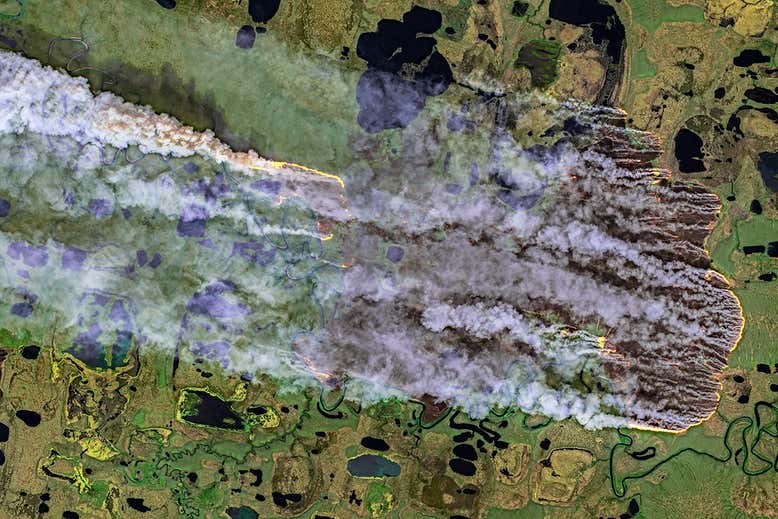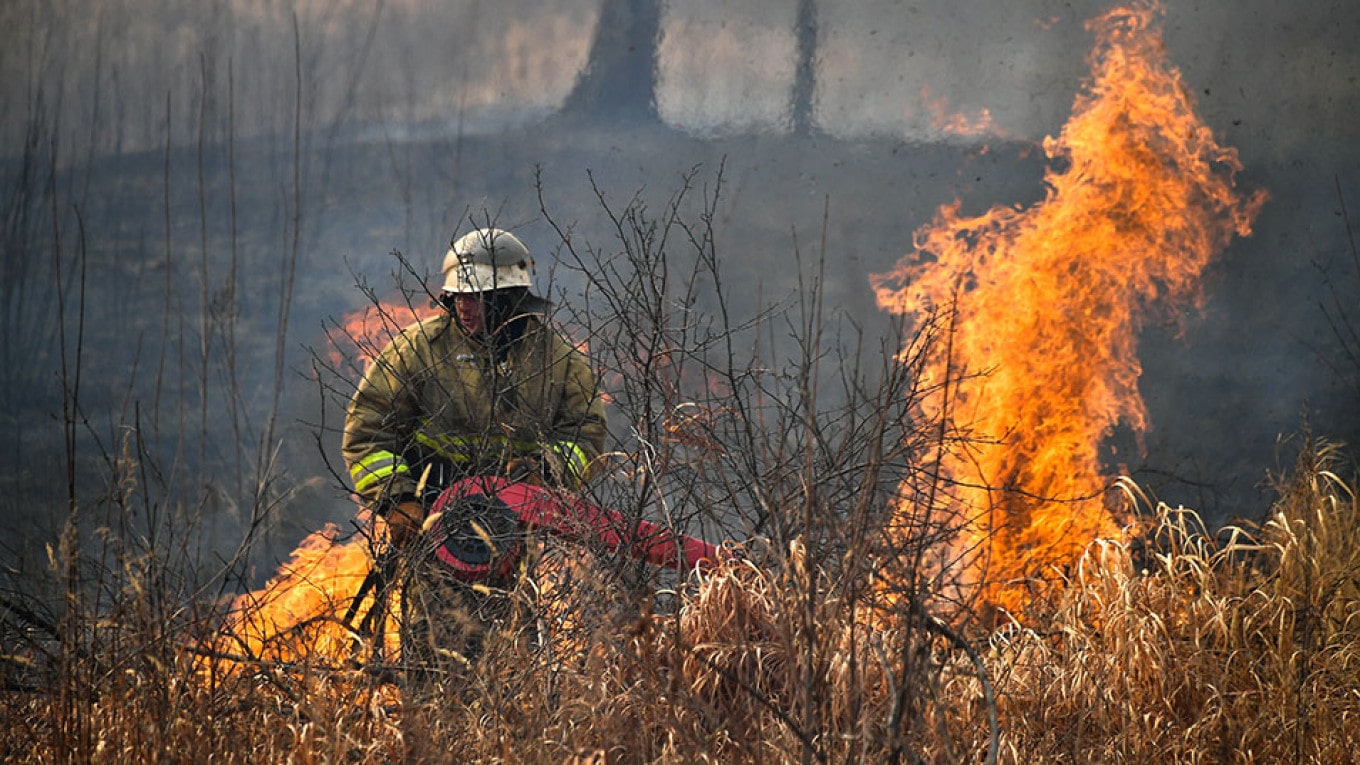
Record warm temperatures in the Siberian Arctic have led scientists to the discovery of a phenomenon known as ‘zombie fires’. Also known as “holdover fires”, these subterranean fires are the result of previous seasonal wildfires that can persist throughout the winter and reemerge in the spring. With the temperatures in the Arctic winters reaching -58 degrees Fahrenheit, how could it be possible for any fire to survive?
The Arctic consists of the Arctic Ocean, adjacent seas, and parts of Alaska, Finland, Greenland, Iceland, Northern Canada, Norway, Russia, and Sweden. Located in the northernmost region of the Earth, the climate is characterized by distinctively polar conditions, with extreme fluctuations between summer and winter temperatures. With climate change on the rise, seasonally warm weather last year resulted in intense wildfires that spread across the region.

Frigid temperatures, one would assume, should be enough to rid any remnants of a wildfire. However, these blazes burrow deep into the rich organic material beneath the surface and remain dormant. With much of the Arctic consisting of peatlands, damage to such a carbon-heavy habitat is a major concern for climate change. The combustion of such material leads to approximately 10% of greenhouse emissions from the land-use sector. The fires in Siberia last year burned an area about the size of Belgium and emitted the equivalent of Sweden’s total annual carbon dioxide emissions in one month alone.
Research into whether or not these fires are reigniting from the previous year has shown proof of hot spot areas that align with dry surface conditions. According to Mike Parrington, the senior scientist and wildfire expert at the European Union’s Copernicus Atmosphere Monitoring Service, “we know from the climate data provided by C3S that the Arctic Circle regions most affected by fires in 2019 were experiencing warmer and drier surface conditions, providing the ideal environment for fires to burn and persist.” With this information at hand, preparations for this upcoming wildfire season will hopefully lessen the effects of these ‘zombie fires’.